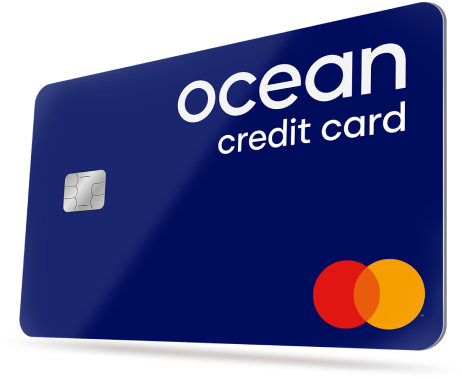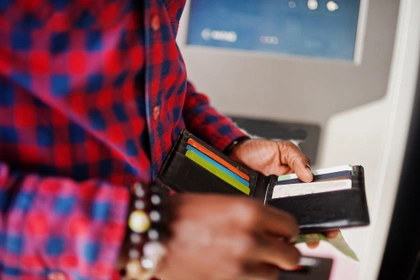Some lenders will require further proof of ID such as your driving licence or a passport. Some lenders won’t need a physical copy of these if you apply online (just access to the details) but others will require sight of a physical copy.
When signing up for a credit card for the first time, it may well be the first time you’ve ever applied to borrow money. If you’ve never taken out credit before (such as an overdraft, loan, store card, or car finance) – it’s understandable if you’re confused and have a few questions about how the application process works. Read on to find out more about the documents you’ll need and where you can take them.
Where to apply for a credit card?
In the past, when you wanted to apply for a credit card, you’d usually have to go into a branch to get one, so you’d have to take a physical copy of your documents with you.
Nowadays you can apply online, so it’s much easier to have your information to hand digitally.
You can generally complete the application form on the credit card provider’s site in a few minutes and you’ll be able to find out if you’ve been accepted relatively quickly.
Do I need to give my income?
The application form will ask how much you’re earning so the lender can be sure you’ll be able to pay back what you’ve borrowed. Have your payslip close by if you’re not sure of the exact amount.
Do I need to give my address?
You’ll have to know your name and address to apply for a credit card, but we’re going to assume you’re already pretty sure of these! What you might be less sure of, however, are your previous addresses.
Application forms for credit cards often ask for your addresses over the previous three years, and if you only lived somewhere for a short time, you might not know this. Look it up on old letters and bills before you start applying so you avoid making a mistake.
If you work for an employer, you’ll likely need the company’s address, so make sure you have this to hand.
Am I eligible for a credit card?
Applying is one thing – but getting accepted for a credit card is another! Each credit card provider has its own eligibility criteria which you need to meet to stand any chance of getting their card. These rules can be things like a minimum annual salary, having no previous problems with credit, or having a history of responsible borrowing.
When you apply for a card, the provider often won’t tell you what its eligibility rules are, meaning you’ll just have to apply and wait to see if you’re accepted or not. To get an idea of whether you’re the right customer for that particular credit card offer, you can run a search with an eligibility checker, which won't affect your credit score.
Ocean Credit Card
See if it's a YES before you apply
- Up to £8,000 credit limit
- Checking won't affect your credit score
- Get a response in 60 seconds
39.9% APR
Representative (variable)
Intelligent Lending Ltd (credit broker). Capital One is the exclusive lender.

What to do if you are declined for a credit card
Don’t panic if you get rejected – it’s not the end of the world! As all lenders have different rules about who they’ll accept, if you’re rejected for one card doesn’t mean you won’t be eligible for any credit cards.
Having said that, don’t be tempted to rush straight into applying for another card right away. Every application you make shows up on your credit history and lenders can see this when they’re deciding whether to let you borrow or not. Too many applications in a short space of time and you could come across as desperate for credit – meaning lenders might be even more likely to reject you.
Take some time to figure out why you were rejected for the card. Have you had problems with borrowing in the past, like late credit card payments or defaults on a loan? If so, this could be one reason why you might struggle to get accepted for credit. These issues will show up on your credit history and lenders will look at this when deciding whether or not to let you have a credit card.
If you’ve had problems with credit in the past, you might want to look at trying to rebuild your credit history to show lenders that you’re a responsible borrower.
How to rebuild your credit history
One way that you could start to rebuild your credit history is with the Ocean credit card. It’s designed for people who’ve had difficulties managing their credit in the past so they can improve their borrowing history. With a fairly low initial credit limit, it makes it easy to keep track of your borrowing.
By only putting a small balance on the card and repaying it on time every month, you can demonstrate to lenders that you’re able to manage credit responsibly. This could help to give you a better chance of being accepted for other types of credit in the future, such as a loan or a mortgage.
It's important to remember that missing or making late payments, or exceeding your credit limit, could harm your credit rating.
Disclaimer: We make every effort to ensure content is correct when published. Information on this website doesn't constitute financial advice, and we aren't responsible for the content of any external sites.




